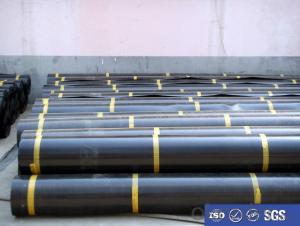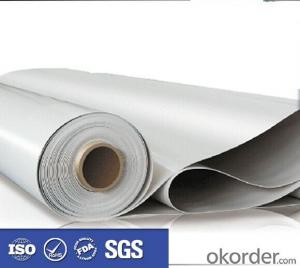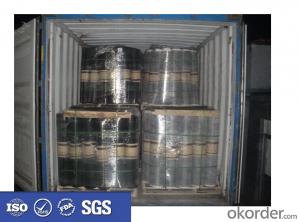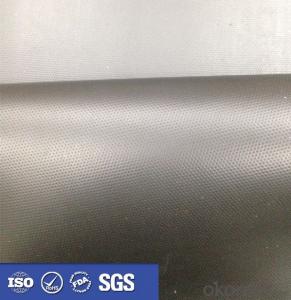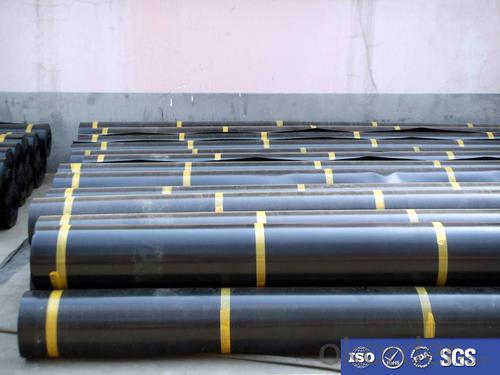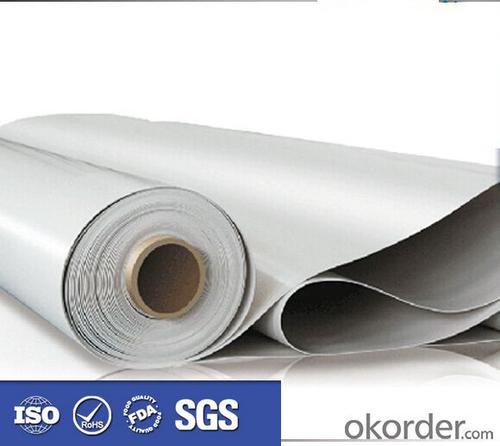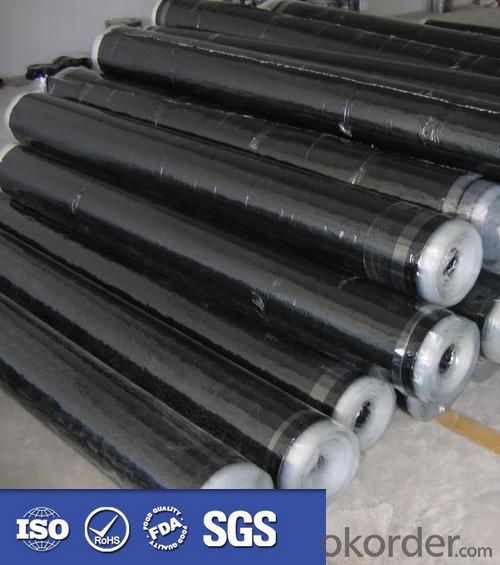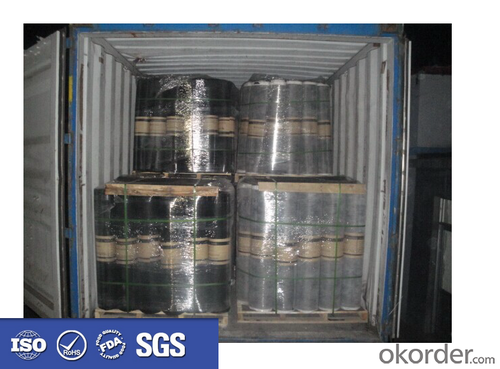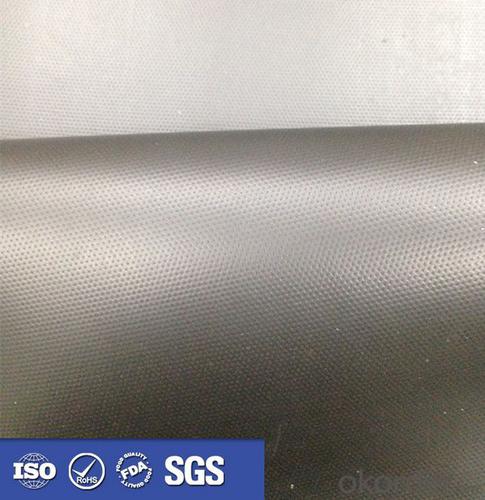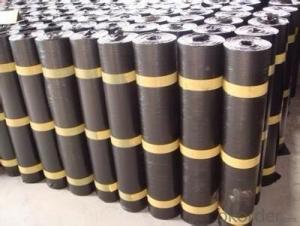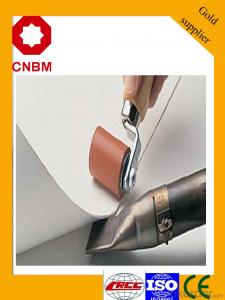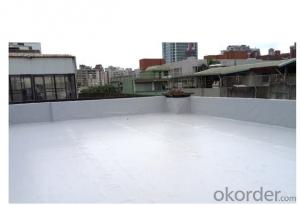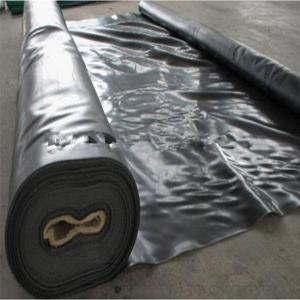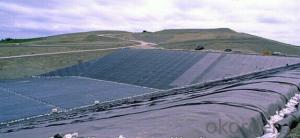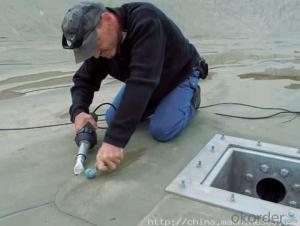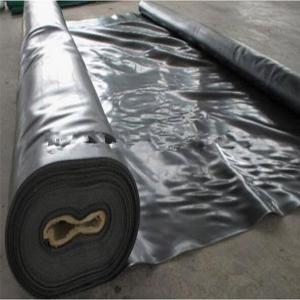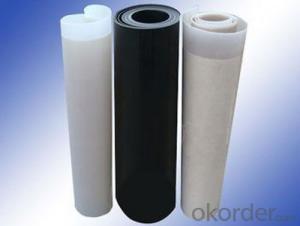1.0mm/1.2mm/1.5mm EPDM rubber roofing waterproof membrane
- Loading Port:
- Qingdao
- Payment Terms:
- TT OR LC
- Min Order Qty:
- 2000 m²
- Supply Capability:
- 8000000 m²/month
OKorder Service Pledge
OKorder Financial Service
You Might Also Like
Description Of 1.0mm/1.2mm/1.5mm EPDM rubber roofing waterproof membrane:
Self adhesive waterproof rolling material:
thickness:1.2/1.5/2.0mm
length/roll:10/20m
width/roll:1.02m
Low temperature:-15 -20,-30
Main Features of 1.0mm/1.2mm/1.5mm EPDM rubber roofing waterproof membrane:
1) High tear
2) High puncturing strength
3) Great temperature resistance.
4) High dimensional stability
Specifications of 1.0mm/1.2mm/1.5mm EPDM rubber roofing waterproof membrane:
Material | EPDM Self-adhesive Waterproof Membrane |
Size | 1.2m (width)*20m (length) or customized, weldable type 2.05m or 4m width |
Thick | 1.2mm, 1.5mm, 2.0mm |
Type | Vulcanized & Weldable |
Pattern | Non-reinforced (homogeneous) |
Certificate | ISO9001/14001 |
Applications of 1.0mm/1.2mm/1.5mm EPDM rubber roofing waterproof membrane:
1.It is widely used in civil and industry construction.
2.The waterproof,dampproof of the roofs,basements,toilets etc;
3.And the waterproofing of subway,underground,bridges,car parking,tunnels,reserviors,pool etc.
4.SBS modified bitumen waterproof membrane is specially suitable to the building waterproofing in cold area and to the buildings of changeable constructions
5.APP specially suitable to areas of high temperature and of strong sunshine.
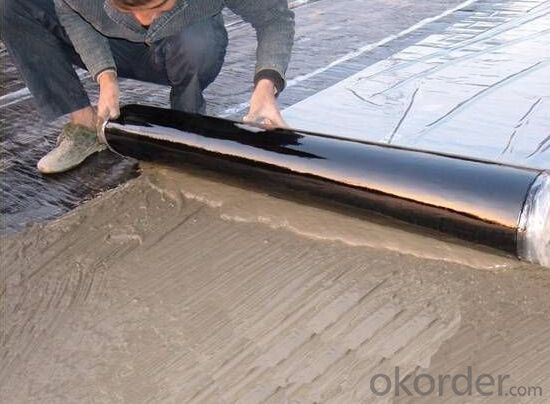
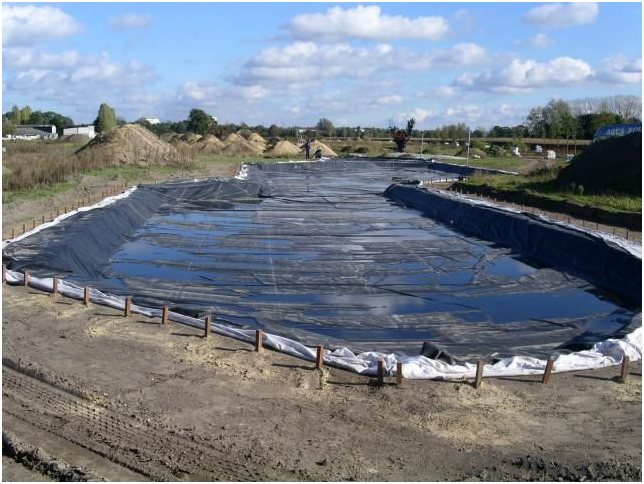
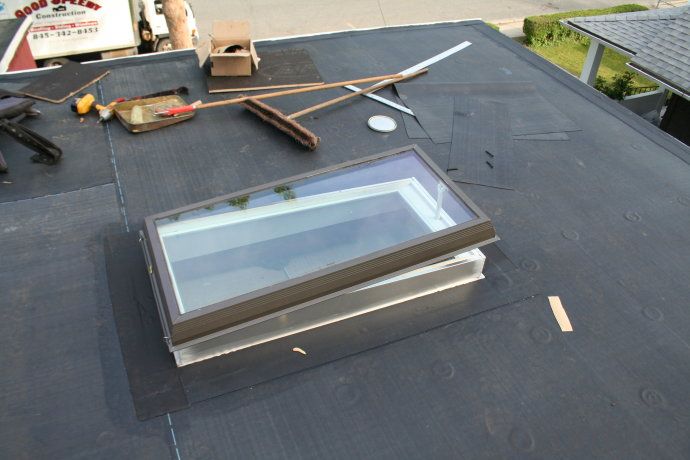
FAQ:
1. What are we supplying?
We are specialized in producing Colorful Asphalt Roof Shingle, SBS/APP modified bitumen waterproof membrane, Self adhesive bitumen waterproof membrane, PVC waterproofing membrane, EPDM rubber roofing membrane, Single Component Polyurethane Waterproof Coating, and Spray Polyurea Waterproof Coating.
2. How Many years experience do we have?
We have been exported to more than 20 countries in the past 15 years.
3. How long do we usually reply your request?
We always reply our customer within 24 hours.
- Q: Does a waterproofing membrane require any specialized tools or equipment for installation?
- Specialized tools and equipment are typically necessary for the installation of a waterproofing membrane. To properly install the membrane, one must utilize various common tools and equipment. These include a trowel or roller for spreading the membrane, a utility knife for cutting and shaping the membrane, a heat gun or propane torch for activating and adhering the membrane, a seam roller for ensuring proper bonding of seams, and a caulking gun for applying sealant around penetrations and edges. Depending on the specific type of waterproofing membrane being installed, additional tools such as a primer, bonding adhesive, or specialized membrane fasteners may also be required. It is crucial to refer to the manufacturer's installation guidelines to guarantee the correct tools and equipment are utilized for a successful installation.
- Q: Can a waterproofing membrane be used for underwater structures?
- Yes, a waterproofing membrane can be used for underwater structures. Waterproofing membranes are designed to provide a barrier against water penetration, making them suitable for use in various applications including underwater structures. These membranes are typically made from materials such as reinforced PVC or rubber, which are highly resistant to water and can effectively seal and protect submerged surfaces. Whether it is a swimming pool, underwater tunnel, or offshore platform, a waterproofing membrane can help prevent water ingress and protect the integrity of the structure. However, it is important to ensure that the specific waterproofing membrane chosen is specifically designed and tested for underwater applications to ensure optimal performance and longevity.
- Q: Can a waterproofing membrane be used in areas with high water pressure?
- Yes, a waterproofing membrane can be used in areas with high water pressure. Waterproofing membranes are designed to withstand and prevent water penetration, making them suitable for use in areas where there is high water pressure. However, it is important to ensure that the membrane chosen is specifically rated and designed to handle the specific water pressure levels in order to ensure its effectiveness and durability.
- Q: Can a waterproofing membrane be used on lead surfaces?
- Indeed, lead surfaces commonly exist within the roofing industry, where it is feasible to employ a waterproofing membrane. This application aids in safeguarding against undesirable consequences such as water damage and leaks. It is crucial to ascertain the compatibility of the waterproofing membrane with lead, as certain membranes may induce reactions or deterioration of the lead material. Moreover, adherence to appropriate surface preparation and installation techniques is necessary to achieve a reliable and efficient waterproofing solution. Consulting with a professional or manufacturer to obtain specific product recommendations and installation guidelines is highly advised.
- Q: Can a waterproofing membrane be used on below-grade walls?
- Yes, a waterproofing membrane can be used on below-grade walls to prevent water infiltration and moisture damage.
- Q: Can a waterproofing membrane be used in industrial facilities or warehouses?
- Yes, a waterproofing membrane can be used in industrial facilities or warehouses. It provides an effective barrier against water penetration, protecting the infrastructure and contents from potential water damage.
- Q: Can a waterproofing membrane withstand heavy rain or water pressure?
- Yes, a waterproofing membrane is designed to withstand heavy rain or water pressure. The purpose of a waterproofing membrane is to create a barrier that prevents water from penetrating through a structure or surface. These membranes are typically made with materials such as rubberized asphalt, PVC, or EPDM (ethylene propylene diene monomer), which are highly resistant to water and can effectively withstand heavy rain or water pressure. Additionally, these membranes are often reinforced with layers or fabrics to provide added strength and durability. Therefore, when properly installed and maintained, a waterproofing membrane can effectively withstand heavy rain or water pressure, providing reliable protection against water damage.
- Q: Are waterproofing membranes resistant to sewage?
- Yes, waterproofing membranes are resistant to sewage.
- Q: Can a waterproofing membrane be used for schools or universities?
- Yes, a waterproofing membrane can definitely be used for schools or universities. These membranes are designed to provide protection against water damage, preventing leaks and moisture intrusion in buildings. By installing a waterproofing membrane, schools and universities can ensure the longevity of their structures, protect valuable assets, and maintain a safe and comfortable environment for students and faculty.
- Q: Are there any specific safety precautions to consider when installing a waterproofing membrane?
- Yes, there are several safety precautions to consider when installing a waterproofing membrane. Firstly, it is important to wear proper personal protective equipment (PPE) such as gloves, goggles, and a respirator to protect against potential chemical exposure and inhalation of fumes. Additionally, ensure adequate ventilation in the work area to prevent the buildup of fumes. It is also crucial to follow the manufacturer's instructions and guidelines for installation to minimize the risk of accidents or improper application. Lastly, be cautious of potential hazards such as slippery surfaces, sharp edges, or working at heights, and take necessary precautions to prevent falls or injuries.
Send your message to us
1.0mm/1.2mm/1.5mm EPDM rubber roofing waterproof membrane
- Loading Port:
- Qingdao
- Payment Terms:
- TT OR LC
- Min Order Qty:
- 2000 m²
- Supply Capability:
- 8000000 m²/month
OKorder Service Pledge
OKorder Financial Service
Similar products
Hot products
Hot Searches
Related keywords

